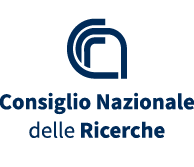
TRUST WALLET GATE IO
News

HOW MUCH AD REVENUE DOES GATS.IO MAKE
GATE.IO TXT
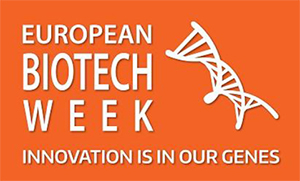
Discovery Lab 2.0:
Ricerca per passione XI edizione
24 - 25 Settembre 2024
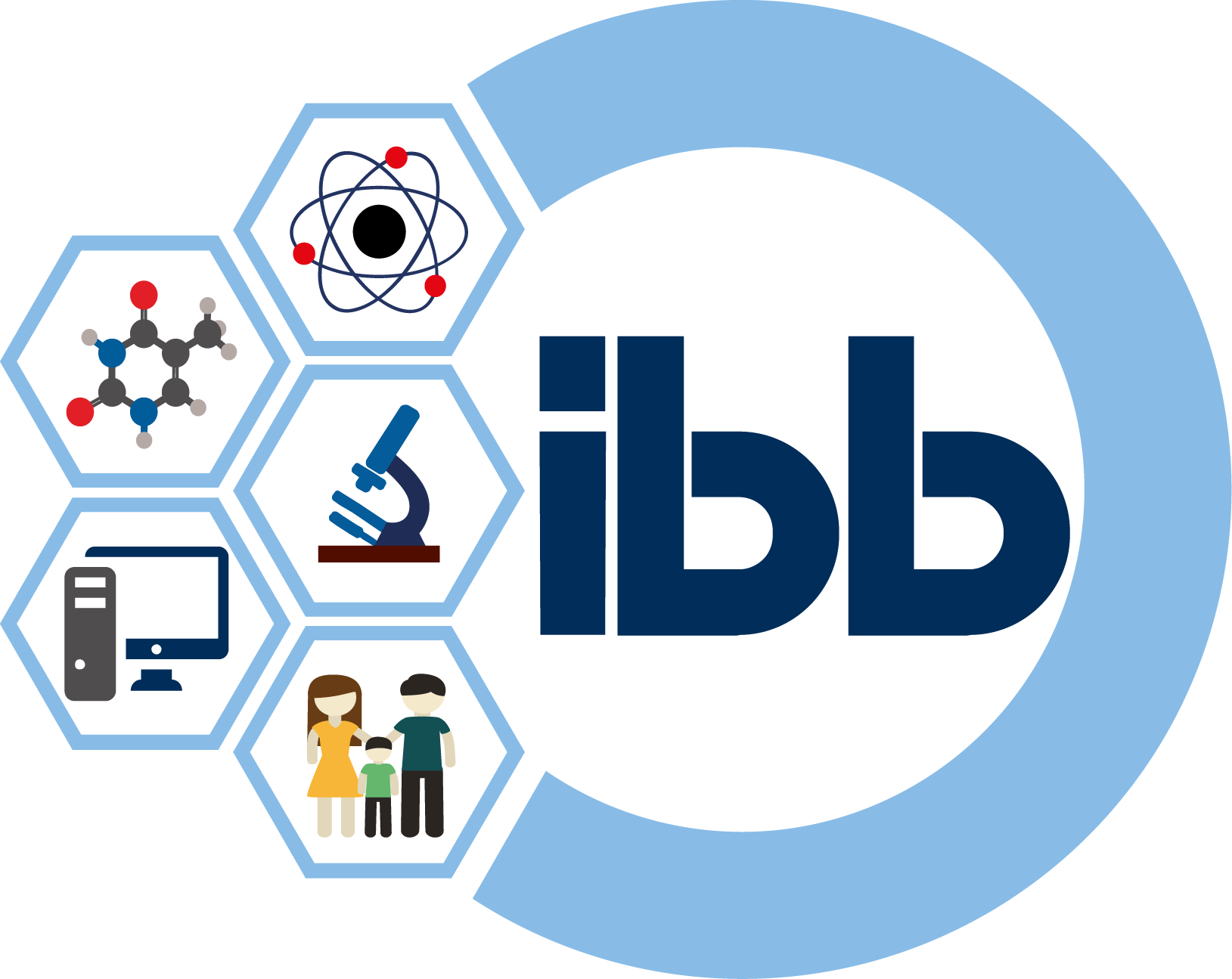
BALDUR'S GATE II ENHANCED EDITION IOS ISOMETRIC RPG

GATE.IO OR BINANCEDREP IEOS GATE IOGATE VIRTUAL CALCULATOR IOS
GATO IO PUSE MI PROYECTO AKI
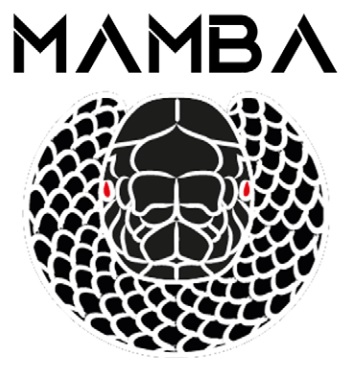
BALDUR'S GATE IOS CHEATS
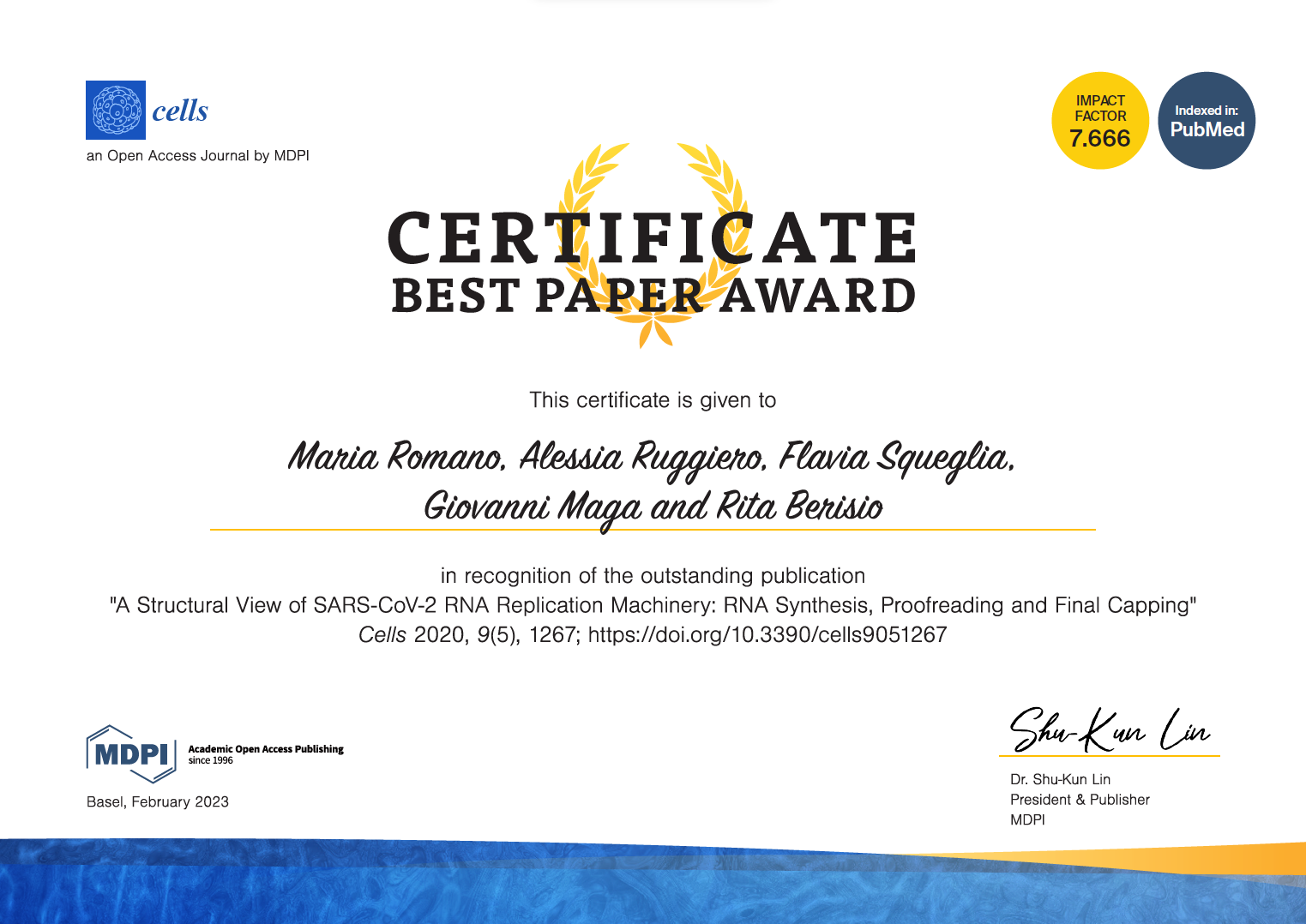
GATEIO CLAIM CANDY

GATE CODE GATE IO

BEST BALDUR'S GATE CLONE IOSHOW DOES FUTURES LEVERAGE WORK GATE.IOGATE.IO ONTARIO
GATE IO БІРЖА ОБЗОР
IO ENDLESS GATE TREASURE
HOW TO BUY GATE.IO
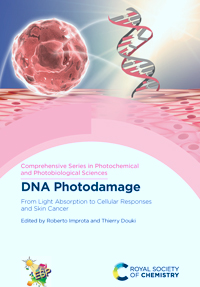
GIGATUGA IO CAMILA REMENDY GATA POP
GATE IO GAS FEES
HOW MANY PEOPLE USE GATE IO
QUÊN MẬT KHẨU THANH TOÁN GATE IO

DRAM IO GATING DM MASK LOGIC
GATE.IO ENGLISH
WHAT IS CALL AUCTION GATE.IO

GATE IO CHART

Monitoraggio remoto dei pazienti
in regime di deospedalizzazione

La ‘mappa’ degli organi più a rischio di effetti collaterali della radioterapia
News Archive >>>
News

FEE GATEIO
GATE IO CONTRACT TEST ANSWERS

Discovery Lab 2.0:
Ricerca per passione XI edizione
24 - 25 Settembre 2024

HTTPS GATE IO ACTIVE 1579513 F90BAD801CFF1C1C91B6311D41A107BE

GATE IO YOUR ACCOUNT ID DATEAPI KEYS GATE.IOGATE.IO LUNA TERRA
GATEIO ID ПРИГЛАШАЮЩЕГО

DOES GATE.IO ACCEPT US CUSTOMERS

GATE.IO VS BITFOREX

GATEIO FAKE

HAN LIN GATE.IOHOW TO GET AIMBOT FOR GATS IOTHE BALDUR'S GATE II TWEAK PACK
DOES GATE IO SUPPORT USA
TRUSTPILOT GATEIO
IS PRESEARCH ON GATE IO

GATE IO ARCBLOCK ROI
GATE IO FEES WITHDRAWAL
GATEIO ALTERNATIVES
DEPOSIT MONEY IN GATE.IO

KYC2 GATE.IO
GATE IO VERIFICATION PROCESS
COMO DEPOSITAR DINHEIRO NA GATE IO

GATE.IO DISCORD

Monitoraggio remoto dei pazienti
in regime di deospedalizzazione

La ‘mappa’ degli organi più a rischio di effetti collaterali della radioterapia
News Archive >>>
News

GATE.IO CENTRALIZED
GATE IO TÜRKIYE TELEGRAM GRUBU

Discovery Lab 2.0:
Ricerca per passione XI edizione
24 - 25 Settembre 2024

ЛИСТИНГ НА GATEIO

GOOGLE GATE IOGATEIO BAŞLANGIÇ REHBERI GATEIO NASIL KULLANILIRGATE. IO DA YÜKSELECEK COINLER
GATE IO TO PAYPAL

DESTINY 2 IO TREASURE ENDLESS GATE

GATEIO WITHDRAWAL TO BANK ACCOUNT

REVUTO GATE.IO

ENDLESS GATE IMPREIAL MAP IOLBANK VS GATEIOSHINJA LISTING ON GATE.IO
GA TOTP GATE IO
GATEIO PROBLEM LOGGING
GATE IO NÁZORY

API KEY GATEIO
GATEIO COINSMARKETCAP
HAW WITHDRAW COIN FROM GATE IO
COIN SÀN GATEIO

GATEIO RECLAME AQUI
XRP GATE.IO
GATE IO CREDITS

BALDURS GATE 3 IOS

Monitoraggio remoto dei pazienti
in regime di deospedalizzazione

La ‘mappa’ degli organi più a rischio di effetti collaterali della radioterapia
News Archive >>>
GATE IO GAINS
TELEGRAM SIGNALS FOR GATE IO
The Institute of Biostructures and Bioimaging (IBB) of the National Research Council (CNR) has 100 staff units distributed in Naples and Turin (70 researchers / technologists) and carries out translational research for the development of new tools for prevention, diagnosis and targeted therapies.To accomplish these objectives, researchers studying biomolecules from a structural and functional point of view collaborate with experts in preclinical imaging that study cellular and animal models of human diseases and clinical researchers carrying out experiments in humans.
Research activities include basic research, a laboratory for the preclinical imaging of small animals and clinical research areas carried out in collaboration with universities and other research institutions. The combination of design and testing expertise, both in vitro and in vivo, of new diagnostic and therapeutic agents with expertise in multiple imaging modalities (including MRI, optical imaging, PET / SPECT, ultrasound, CT) provide the interdisciplinary bases to carry out a truly innovative research in the field of molecular imaging and personalized therapy. The IBB has a consolidated experience in the research of biomarkers of various pathologies, design and synthesis of molecules able to interact with certain biomarkers and preclinical validation of the molecules developed.
Another research area developed by IBB is e-Health. The activity aims to create open-source software systems, consisting of models, services and tools to support diagnosis, therapy and follow-up, as well as for the innovative management of health processes.
The Institute is part of the Italian node of the European Research Infrastructure for Imaging Technologies in Biological and Biomedical Sciences (Euro-BioImaging, EuBI).
The fundamental activity of the Institute of Biostructures and Bioimaging consists of the following research areas:
• Design, synthesis, expression and structural characterization of molecules of biological interest, and their interactions with metal ions. Applications in the diagnostic and therapeutic field.
• Biochemical technologies and biostructures;
• Biochemical technologies aimed at diagnostic imaging;
• Image diagnostics and radiotherapy;
• Preclinical and clinical molecular imaging. New diagnostic / teragnostics agents for Molecular Imaging;
• Development of innovative technological e-health solutions, with particular attention to the issues of telemedicine and assisted diagnosis.
Marcello Mancini, IBB Director.
